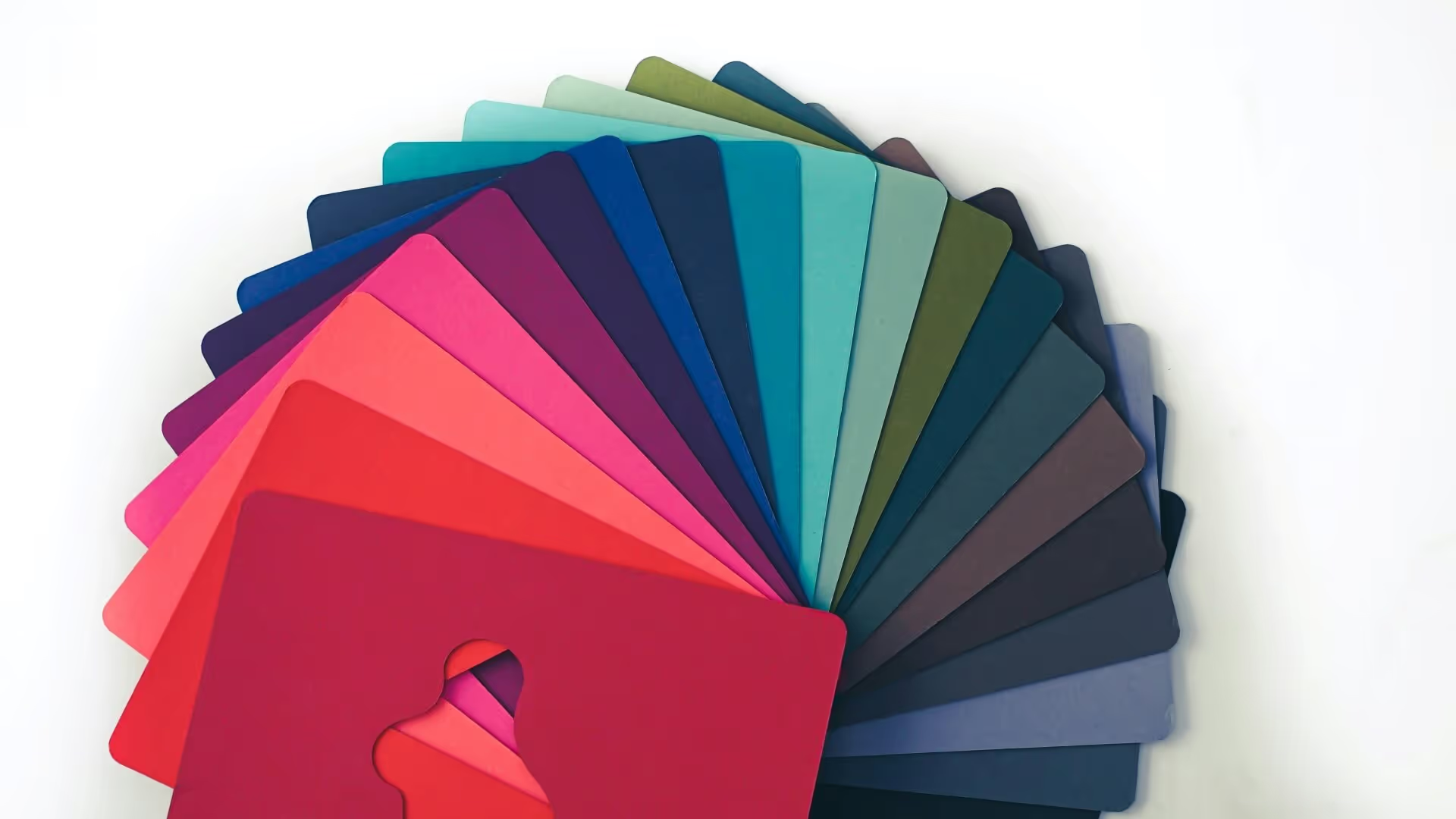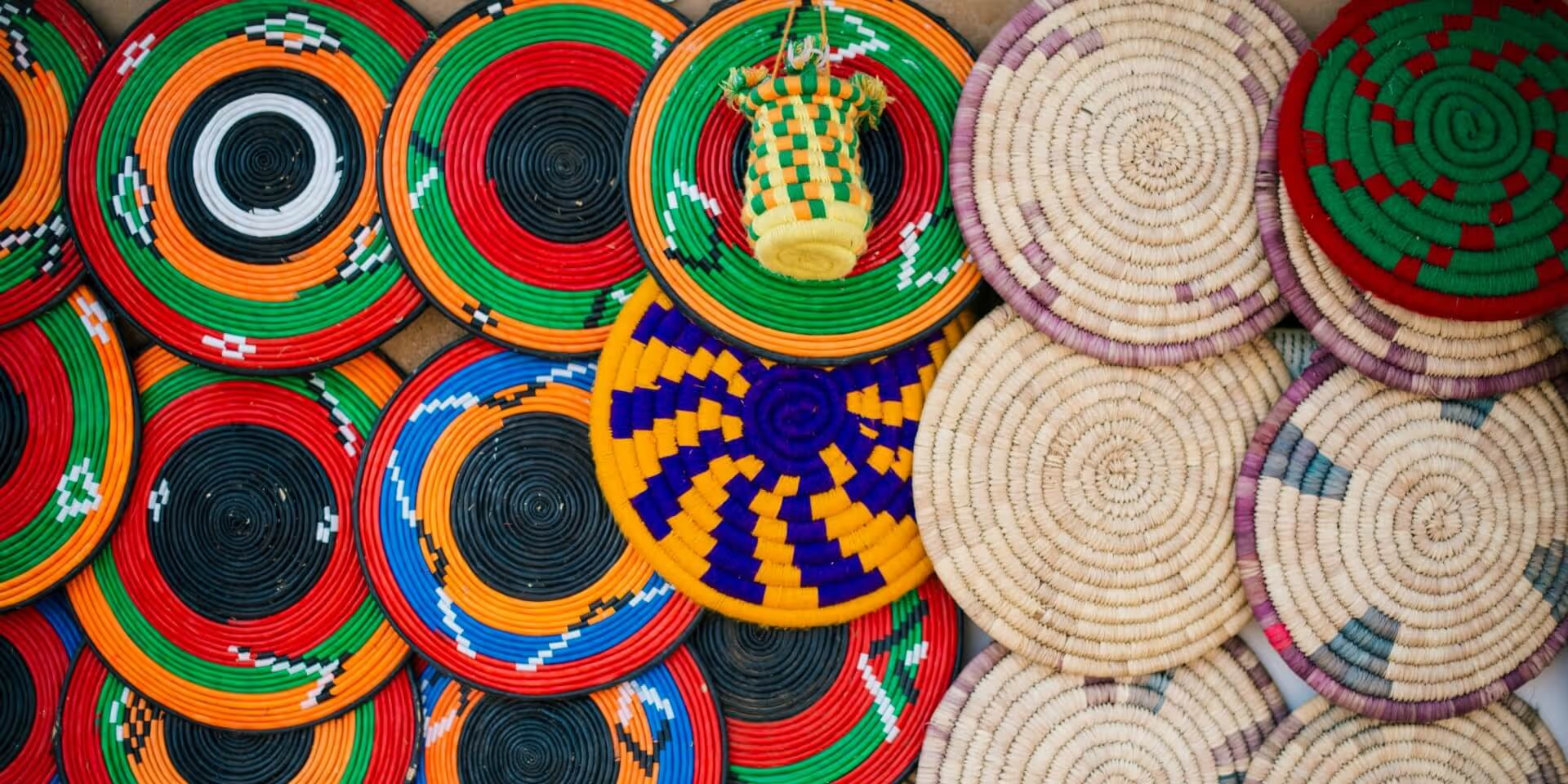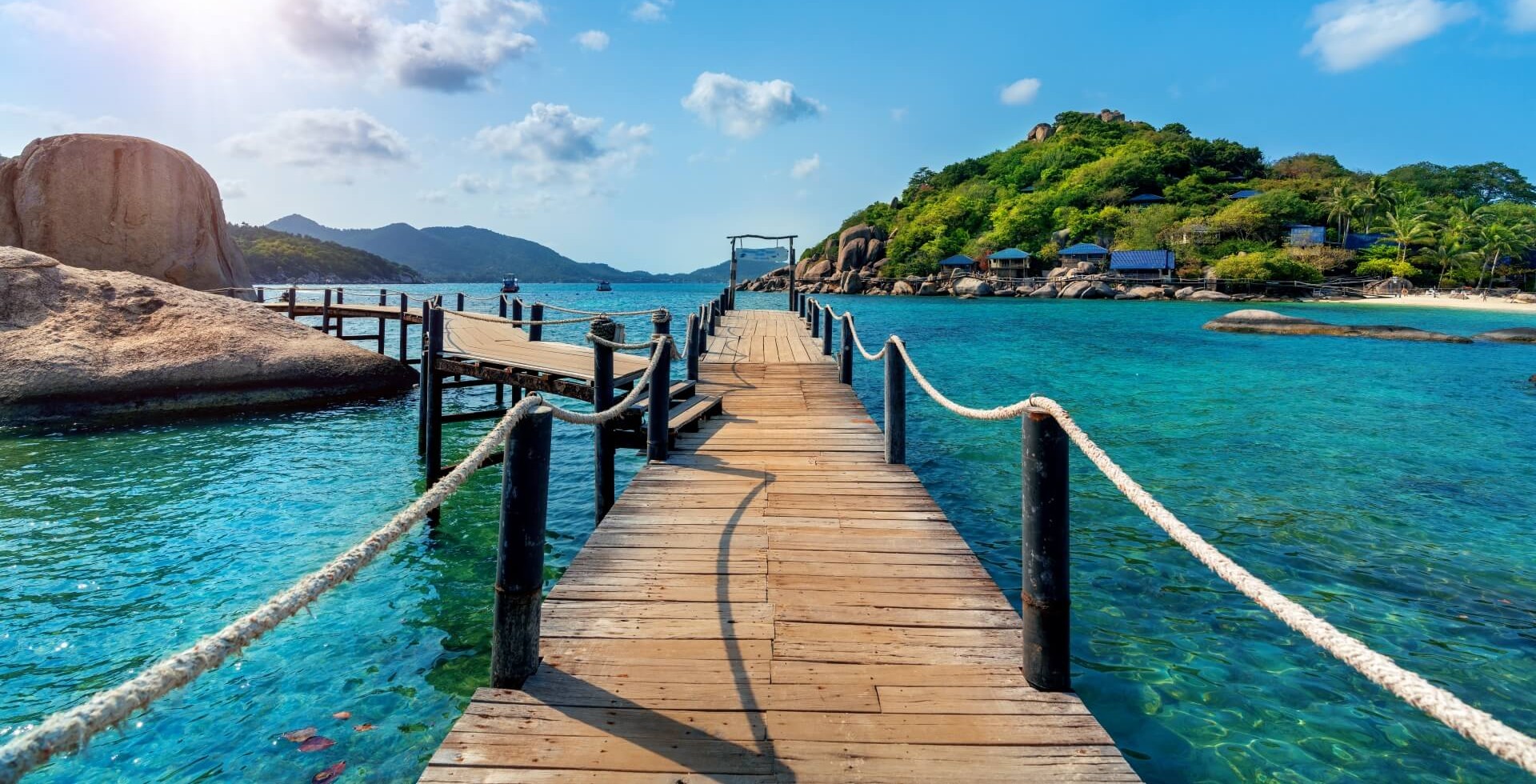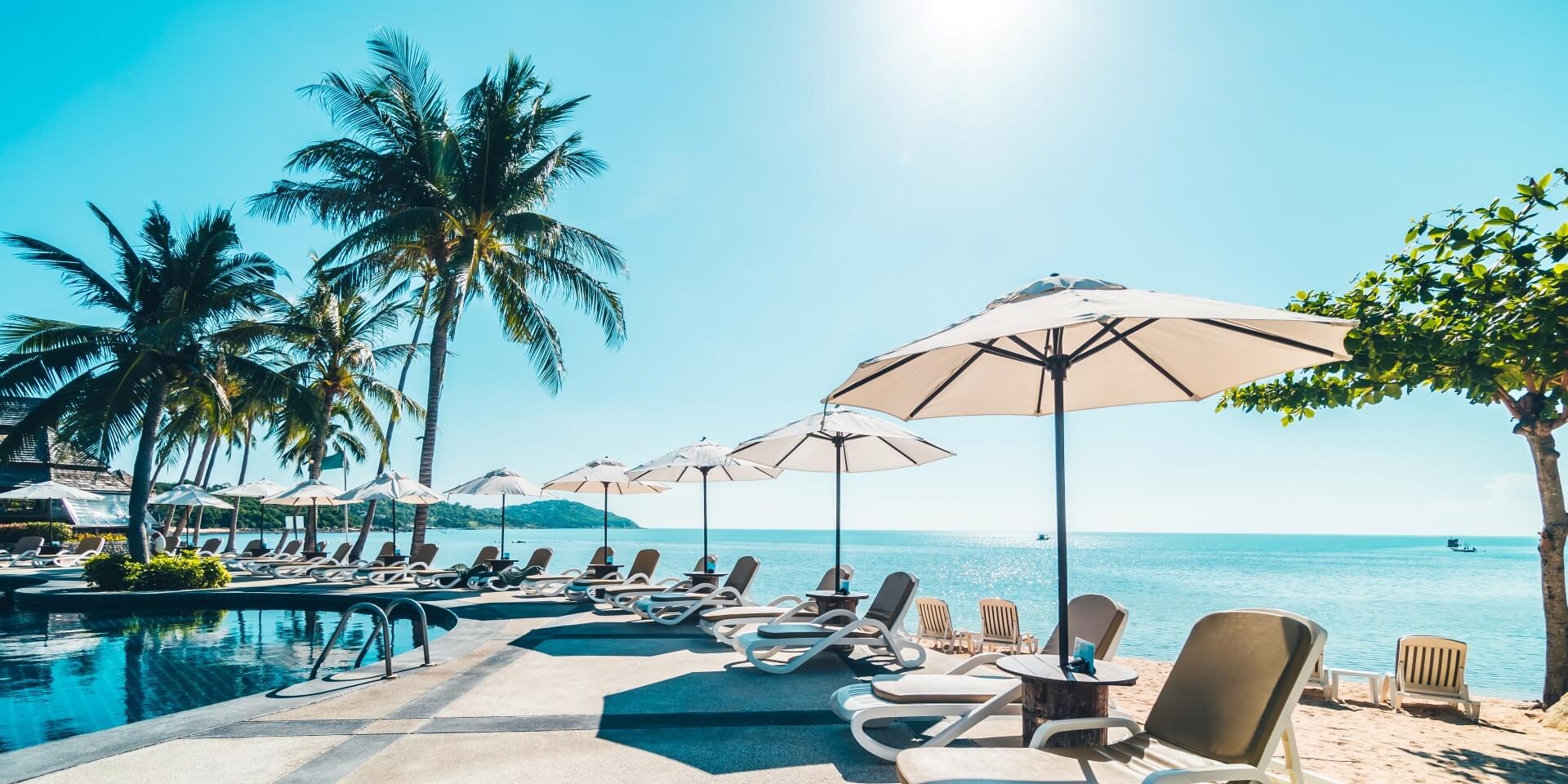In a highly visual and competitive industry like travel, your brand isn’t just what you say—it’s what people see and feel. From Instagram feeds to website landing pages, visual consistency plays a critical role in how your audience recognises, remembers and relates to your travel brand. If you want to attract loyal travellers and stand out in a crowded marketplace, your visual identity needs to be more than just beautiful, it needs to be consistent.
In this article, we unpack what visual consistency means, why it matters for travel brand design, and how to achieve it across all your digital touchpoints.
What is visual consistency?
Visual consistency refers to the uniform use of design elements such as colours, typography, imagery, icons and layout across all brand materials. In the context of travel brand design, it means ensuring that your brochures, social media posts, website, email newsletters and even your booking platform all feel like they come from the same brand family.
When your visuals are consistent, your brand becomes more recognisable. It builds trust and familiarity, two things travellers look for when choosing who to book with, especially in a world overflowing with options.
READ MORE: WHAT’S THE DIFFERENCE BETWEEN BRAND STRATEGY AND BRAND IDENTITY?
Why visual consistency matters in travel brand design
Enhanced brand recognition
Consistent visuals help potential customers instantly recognise your brand among competitors. Just think of the specific blues and whites associated with certain airline brands, or the adventurous, earthy tones often used by expedition companies. This instant recognition builds familiarity and trust. When your logo, colours, and imagery are consistently presented, they become mental shortcuts for consumers, making it easier for them to recall your brand when planning their next trip.
Building trust and credibility
A visually consistent brand appears more professional, organised, and trustworthy. In the travel industry, where customers are often investing significant time and money, this sense of reliability is paramount. Inconsistency can lead to confusion and a perception of unprofessionalism, potentially deterring potential bookings. When your website, social media, and marketing materials all share a cohesive visual language, it signals attention to detail and a commitment to quality.
Communicating brand personality
Your visual choices communicate the essence of your brand. Are you a luxury travel provider? Your visuals might lean towards elegant typography, sophisticated colour palettes, and high-quality, aspirational photography. Are you an adventure travel company? You might opt for bolder colours, dynamic imagery of outdoor activities, and a more rugged aesthetic. Consistency ensures that your visual language accurately reflects your brand's values and the experiences you offer.
Creating a memorable brand experience
Visuals are processed much faster than text, making them powerful tools for creating lasting impressions. A consistently applied and aesthetically pleasing visual identity contributes significantly to the overall brand experience. Think about the impact of scrolling through an Instagram feed where a travel brand’s posts all have a similar, captivating style. This creates a more immersive and memorable encounter.
Strengthening marketing effectiveness
Consistent visuals make your marketing efforts more impactful. When your advertisements, social media posts, and website all share a unified look, your brand message becomes clearer and more resonant. This visual coherence increases brand recall and can lead to higher engagement and conversion rates.
Key elements of a consistent travel brand design
1. Logo and brand marks
Your logo should be used consistently across platforms, in its correct proportions and colour formats. Whether it's in the header of your website or the profile image on your Facebook page, it should always appear the same to maintain brand recognition.
2. Colour palette
Choose a core set of brand colours and use them consistently. These colours should reflect the personality of your travel brand: adventurous, luxurious, relaxed, family-friendly, etc. Avoid the temptation to introduce new colours for every campaign.
3. Typography
Your fonts should be clear, legible and consistently applied across all marketing materials. Stick to one or two typefaces and define how they should be used (e.g. heading vs body text). Typography should match your brand’s tone and feel: elegant serif for luxury, clean sans-serif for modernity.
4. Imagery
Images play a huge role in travel marketing. Be intentional about the kind of photos you use: the lighting, subjects, filters and moods should align with your brand personality. If you use a lot of user-generated content, apply the same edits to maintain consistency.
5. Graphic elements and layout
Icons, buttons, borders, spacing and page structure all contribute to the overall visual experience. Define a clear layout style and stick to it. This applies to both print (brochures, posters) and digital (landing pages, blog posts).
6. Tone of voice and visual tone
While tone of voice refers to the words you use, your visual tone is the emotional layer behind your design. Are your visuals playful, serene, bold or romantic? Align this tone with your messaging for a cohesive brand experience.

How to maintain visual consistency across your brand
1. Create brand guidelines
Brand guidelines are the foundation of consistency. They document all your visual elements, explain how to use them, and provide examples. Include logo usage, colour codes, typography specs, image guidelines and layout templates. Share these with your team and collaborators.
Beyond just documenting the rules, consider making your brand guidelines an interactive or digital resource. This can include downloadable templates, video tutorials, and “dos and don’ts” to make the guidelines easier to understand and apply. Keep your guidelines updated regularly as your brand evolves, so they stay relevant and actionable.
2. Use templates
Design templates for social media posts, brochures, email headers and other recurring content. This saves time and ensures a consistent look, even when different team members are involved.
Templates can also be customised for different campaigns while maintaining your core visual identity, allowing for creativity without sacrificing consistency. Using design tools like Canva or Adobe Creative Cloud Libraries helps your team access and modify templates easily within brand parameters.
3. Centralise your assets
Store your logos, images, icons and templates in one accessible place, like a shared drive or asset library. That way, everyone uses the latest approved version.
4. Train your team
Make sure your staff and contractors understand the importance of consistency. Offer simple onboarding or training sessions so they know how to apply the brand guidelines in real-world scenarios.
Beyond initial training, schedule refresher workshops or one-on-one sessions to reinforce best practices. Encourage a culture where team members feel comfortable asking questions about brand usage. Recognise and reward employees who demonstrate exceptional brand consistency to motivate ongoing care and attention.
5. Audit regularly
Set a schedule to review your brand presence across platforms. Look for any deviations in your visual style and correct them. Tools like brand audits or third-party reviews can help identify inconsistencies you may have missed.
Regular audits should be both qualitative and quantitative: check how your visuals perform in engagement metrics and how closely they align with brand standards. Use software tools for brand monitoring and gather feedback from customers or partners about their perception of your visual identity. Incorporate findings into your ongoing brand strategy to continuously improve consistency.
Final thoughts
Visual consistency isn’t about being rigid or boring. It’s about being deliberate. In a world where travel decisions are influenced by impressions, visuals, and trust, a strong and consistent brand identity can mean the difference between being scrolled past or being booked.
So if your travel brand design feels scattered or disjointed, it might be time for a brand refresh. The result? A memorable travel brand that inspires trust, fuels loyalty, and keeps your audience coming back.
Feeling like your brand isn't making the impact it deserves in the digital landscape? Boost Brands specialises in crafting compelling digital experiences that resonate with your target market and build lasting brand loyalty. Get in touch for a personalised proposal.




